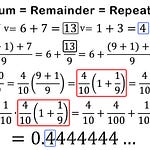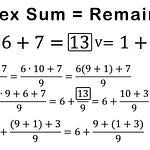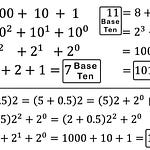YouTube - Screenshots - Playlist (Hive)
In #MESExperiments 52 I drop magnets in repulsion vs a nonmagnet from a bridge of about 29 feet high, and got similar drop times for both with no significant difference. I did 10 drop tests while alternating hands to mitigate any inherent bias and still got similar times. The magnets in repulsion fell slightly faster on average, by 1.24%, which wasn’t significant and is likely due to the increased air drag on the nonmagnet (since it was inside a plastic bag). Note that the from the angle I was filming, the objects in the left hand dropped faster each time, but this may just be an optical illusion as this same thing happened during my 14.75 balcony drop tests. I may redo this experiment at a higher height and a more comparable nonmagnet in terms of drag coefficient, but I suspect the differences will be very small. Thus, if there is any antigravity effect, one would need extremely precise measurements and experimental setups to observe, or to use my faster accelerations (I may do throwing tests to compare how far the magnets in repulsion fly!).
#antigravity #experiment #magnets #physics
Stay tuned for #MESExperiments 53...
Links original videos and more info:
Unedited original video: https://youtu.be/zAhzDV1lVa8
14.75 ft balcony drop tests: https://youtu.be/tI__czHKLJ0
MES Experiments 51: Atwood Balcony drop tests https://peakd.com/hive-128780/@mes/sqxmkjjf
DIYMAG 40x20mm Super Strong Neodymium Disc Magnet, N52 Permanent Magnet Disc: https://www.amazon.ca/dp/B07B8PRB83
Permatex Steel Weld Epoxy glue: https://www.amazon.ca/dp/B072WDGGVC
Boyd Bushman experiment deep dive: https://youtu.be/tDIMfpt_bk8
Boyd Bushman Wikipedia page (in Romanian as no English page is currently available...): https://ro.wikipedia.org/wiki/Boyd_Bushman
Boyd Bushman Quantum Gravity archive: https://web.archive.org/web/20181106202736/https://quantumantigravity.wordpress.com/boyd-bushman/
Magnets in Repulsion drop test March 12, 2009 Replication experiment: https://youtu.be/mxoaAHlC37I
Timestamps
Magnets in repulsion vs nonmagnets bridge drop tests – 0:00
Nonmagnet weight 344.04 g, the magnets weighed 343.74 g – 0:06
Height of the bridge is 29 feet or 8.839 meters – 0:19
Start of bridge drop tests – 0:46
Results: No significant difference in drop times. Differences is likely due to air drag on nonmagnet. Camera perspective likely skewing angle of filming, making lefthand side appear lower – 4:26










